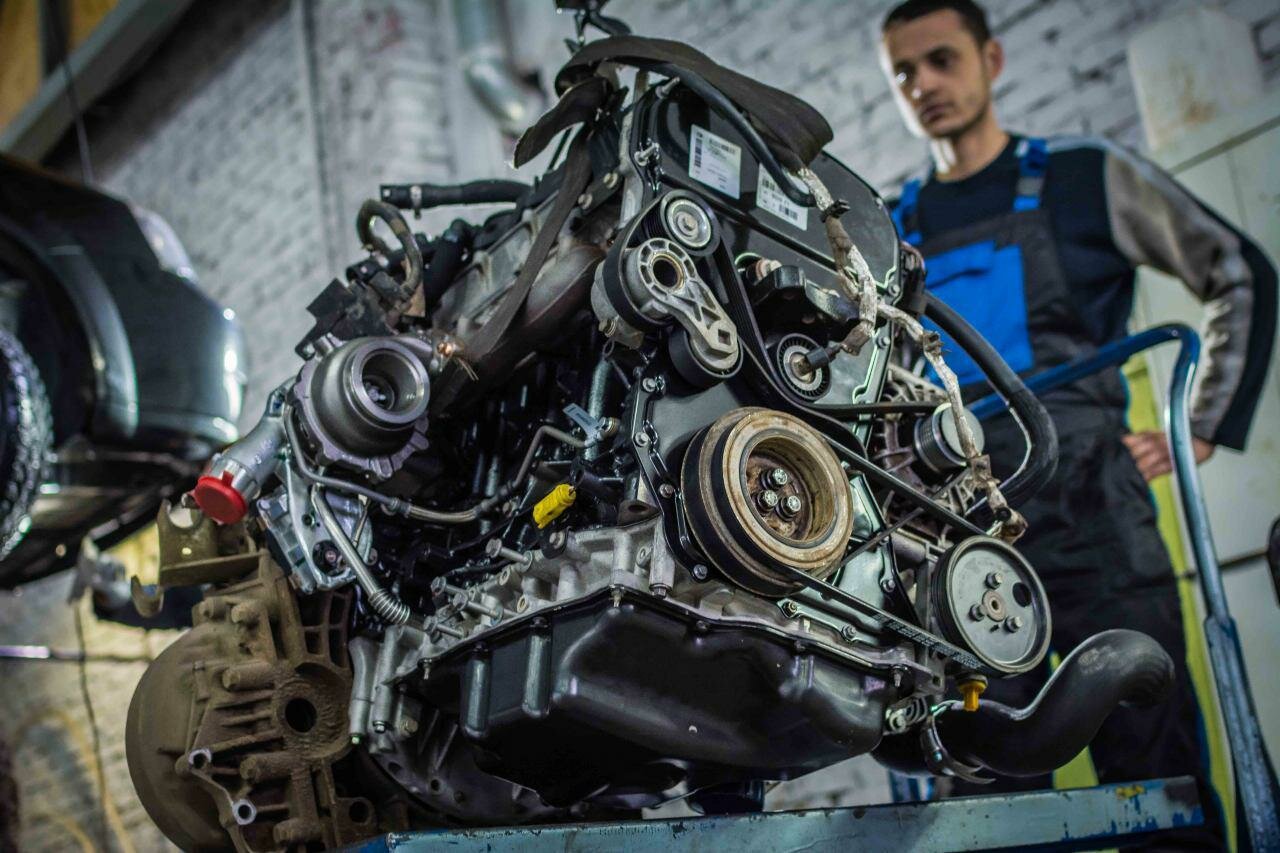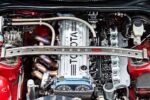Connecting an Hour Meter to a Diesel Engine
Introduction
In the world of diesel engines, monitoring the usage and runtime is crucial for maintenance, efficiency, and overall performance. One effective way to keep track of these important metrics is by connecting an hour meter to the diesel engine. An hour meter is a simple yet powerful device that accurately records the number of hours the engine has been running. This information provides valuable insights into the engine’s lifespan, maintenance intervals, and fuel consumption. In this article, we will delve into the process of connecting an hour meter to a diesel engine, providing you with clear and straightforward instructions to get you started.
- Understanding the Importance of an Hour Meter
- Gathering the Necessary Tools and Equipment
- Identifying the Appropriate Connection Points
- Wiring the Hour Meter to the Diesel Engine
- Testing and Verifying the Connection
Throughout this guide, we will emphasize the significance of safety precautions and highlight any potential risks associated with the installation process. So, let’s dive in and explore the world of connecting an hour meter to a diesel engine with precision and confidence.
Step-by-Step Guide: How to Connect an Hour Meter to a Diesel Engine
Understanding the Importance of an Hour Meter
Before we dive into the process of connecting an hour meter to a diesel engine, let’s first understand why it is crucial to have one installed. An hour meter provides accurate data on the engine’s runtime, allowing you to keep track of the hours it has been in operation. This information is invaluable for several reasons:
- Maintenance: By monitoring the engine’s runtime, you can schedule regular maintenance tasks such as oil changes, filter replacements, and inspections. This proactive approach helps to prevent potential breakdowns and ensures optimal performance.
- Lifespan: Tracking the hours of operation allows you to estimate the engine’s lifespan more accurately. This information enables you to plan for engine replacements or overhauls in a timely manner, avoiding unexpected failures.
- Fuel Consumption: An hour meter helps you calculate fuel consumption accurately, allowing you to analyze the engine’s efficiency and identify potential areas for improvement.
Gathering the Necessary Tools and Equipment
Before you begin the installation process, it is essential to gather all the required tools and equipment. Here’s a list of items you will need:
- Hour meter: Choose a reliable hour meter suitable for diesel engines. Ensure it is compatible with the voltage and current requirements of your engine.
- Wiring harness: Purchase a wiring harness that matches the hour meter’s connection specifications.
- Wire strippers: These will be necessary for removing insulation from the wires.
- Electrical tape: Use electrical tape to secure and insulate the connections.
- Wire connectors: Get appropriate wire connectors to join the hour meter to the engine’s electrical system.
- Socket set: Depending on your engine’s configuration, you may need a socket set to access certain components.
Identifying the Appropriate Connection Points
To connect the hour meter to your diesel engine, you need to identify the appropriate connection points. Typically, the hour meter is wired into the engine’s ignition system or the electrical system. Consult your engine’s manual or seek professional advice to determine the best connection point for your specific engine model.
Wiring the Hour Meter to the Diesel Engine
Once you have identified the connection point, follow these steps to wire the hour meter to your diesel engine:
- Disconnect the battery: Before starting any electrical work, disconnect the negative terminal of the battery to prevent accidental short circuits.
- Locate the connection point: Find the ignition or electrical system connection point identified earlier.
- Prepare the wires: Strip a small portion of insulation from the hour meter’s wiring harness and the corresponding wires at the connection point.
- Connect the wires: Use wire connectors to join the hour meter’s wires with the engine’s electrical system. Ensure a secure and proper connection.
- Insulate the connections: Wrap the connected wires with electrical tape to insulate and protect them from moisture and vibrations.
Testing and Verifying the Connection
After completing the wiring process, it is crucial to test and verify the connection to ensure everything is functioning correctly. Follow these steps:
- Reconnect the battery: Reconnect the negative terminal of the battery.
- Start the engine: Start the diesel engine and observe the hour meter.
- Verify functionality: Check if the hour meter is displaying the engine’s runtime accurately.
Top views |
|
|---|---|
 |
Oil, Timing Chains, Pistons: What Really Kills an Engine Prematurely? |
 |
How to Choose a Car with a Reliable Engine: Used Car Market Hacks That Actually Work |
Conclusions
Connecting an hour meter to a diesel engine is a straightforward process that provides invaluable benefits in terms of maintenance, lifespan estimation, and fuel consumption analysis. By following the step-by-step guide outlined in this article, you can ensure accurate tracking of the engine’s runtime and make informed decisions regarding maintenance and performance optimization. Remember to always prioritize safety by disconnecting the battery before starting any electrical work. So, go ahead and equip your diesel engine with an hour meter to enhance its efficiency and longevity.




0 Comments